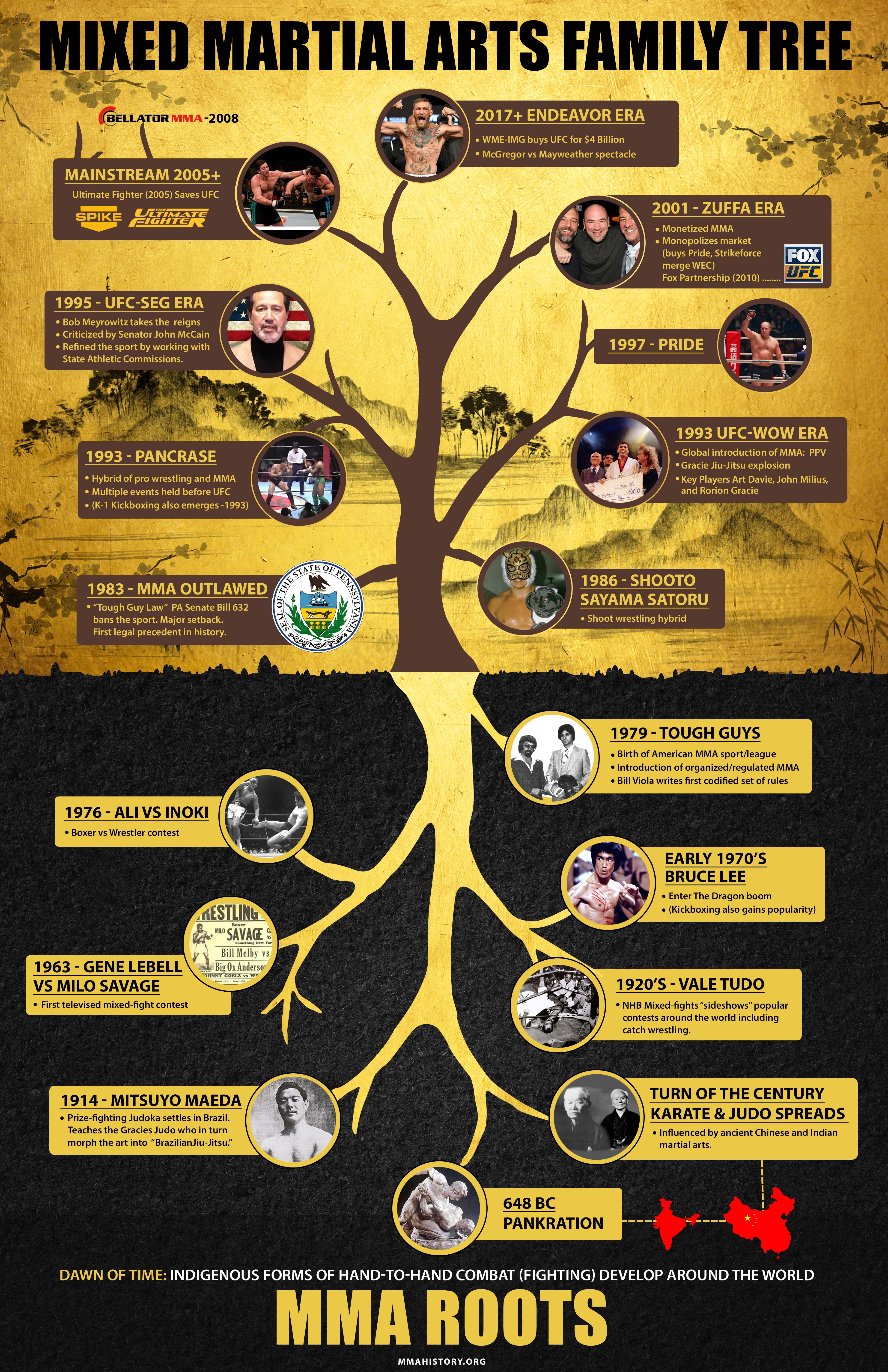The Advancement And Historic Context Of Martial Arts Worldwide
The Advancement And Historic Context Of Martial Arts Worldwide
Blog Article
Post Produced By-Padilla Liu
Martial arts have a fascinating history that extends centuries and continents. You may locate it interesting exactly how old practices like Shuai Jiao and Kalaripayattu prepared for modern-day fight methods. These disciplines not only emphasize physical abilities yet additionally reflect the cultures that birthed them. As you explore their evolution, take into consideration just how globalization has actually changed these typical kinds into crossbreed styles. What visit the next web page do you assume have shaped today's martial arts landscape?
Ancient Martial arts: The Structures of Combat
As you look into the world of old martial arts, you'll find the rich foundations that formed battle methods throughout cultures. Early practices focused on Self-Defense and survival, frequently including strikes, grappling, and weaponry.
In old China, for instance, techniques like Shuai Jiao stressed tosses and joint locks, while India's Kalaripayattu showcased agility and liquid activity. link web page created Kenjutsu, a polished swordsmanship that highlighted discipline and approach.
These martial arts offered not just for battle but likewise as a means of personal advancement, instilling values like regard and willpower. The blending of these methods gradually prepared for the diverse martial arts you see today, each reflecting the special philosophies and requirements of its society.
The Cultural Influence on Martial Arts Advancement
While martial arts frequently show the sensible demands of a culture, they also embody the cultural worths and beliefs of their beginnings. When you check out different martial arts, you'll observe how they're influenced by religious beliefs, viewpoint, and social standards.
As an example, the emphasis on regard and discipline in Japanese martial arts originates from Zen Buddhism and samurai culture. In contrast, Brazilian Jiu-Jitsu promotes versatility and technique, formed by the requirement for effectiveness in a diverse, multicultural atmosphere.
You could discover that the rituals, uniforms, and training approaches reflect a neighborhood's history and identification. By recognizing these cultural impacts, you strengthen your recognition of martial arts and their function in shaping human experiences around the world.
Modern Adaptations and the Globalization of Martial arts
Martial arts have actually transformed considerably in current years, adjusting to modern culture and global influences. You'll see that typical forms have blended with contemporary techniques, creating hybrid styles like mixed martial arts. These adjustments cater to varied audiences, making martial arts easily accessible and appealing worldwide.
With the increase of social networks and digital systems, you can discover tutorials and competitors from all edges of the world, breaking geographical obstacles. This globalization has actually resulted in a common gratitude for numerous self-controls, from Brazilian Jiu-Jitsu to Taekwondo.
As you engage with these arts, you'll realize they're not just about battle; they advertise health and fitness, self-control, and psychological well-being.
Eventually, contemporary adaptations have actually enhanced the martial arts landscape, making it a vibrant and advancing practice.
Verdict
In checking out the history and evolution of martial arts, you reveal a remarkable mix of techniques, societies, and approaches. From old self-controls like Shuai Jiao and Kalaripayattu to the contemporary flexibility seen in mixed martial arts, martial arts reflect humankind's quest for Self-Defense and individual development. As you involve with these practices, you not only acquire skills but likewise a much deeper recognition for the diverse customs that shape our globe today. So, proceed your trip and embrace the art of combat!
